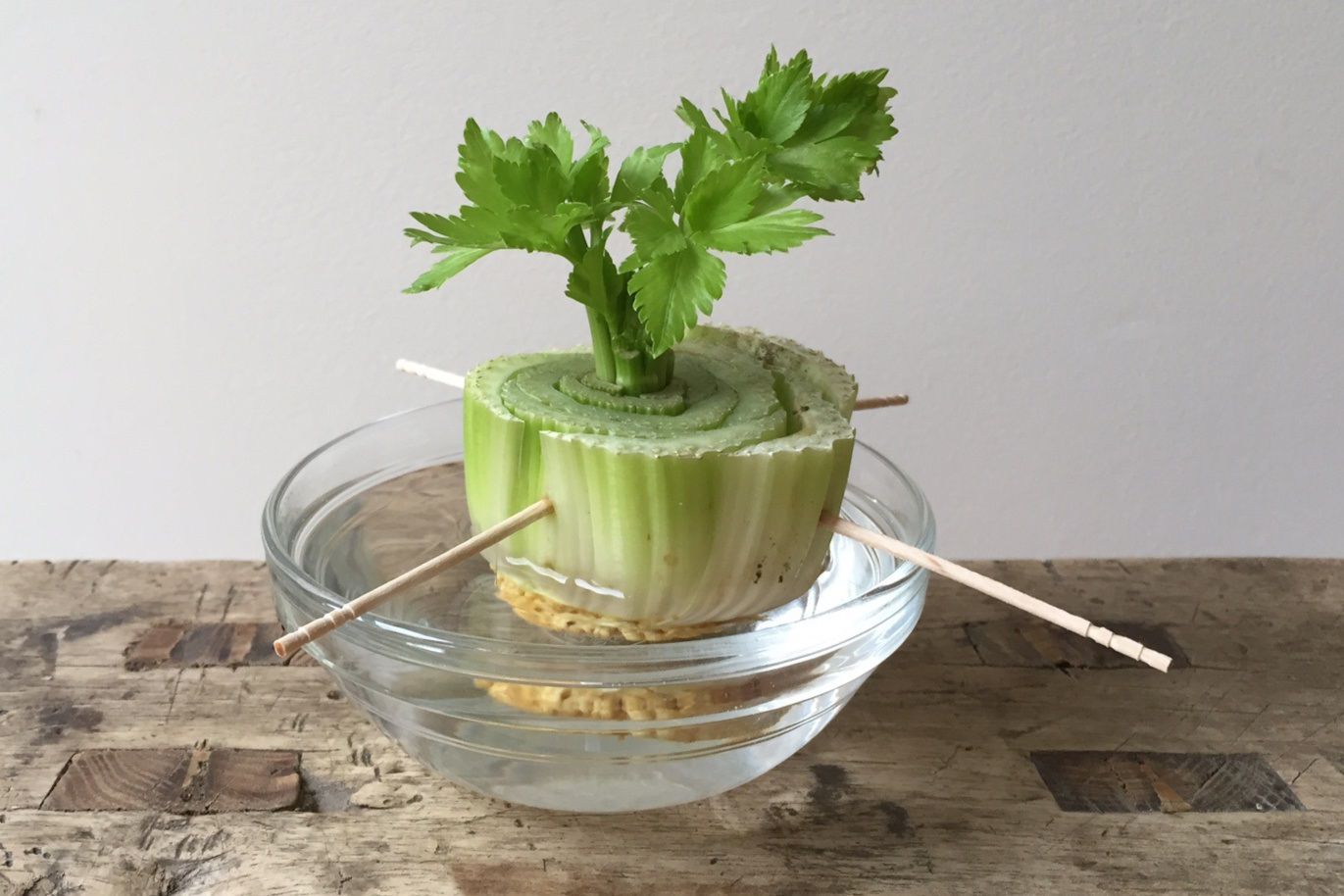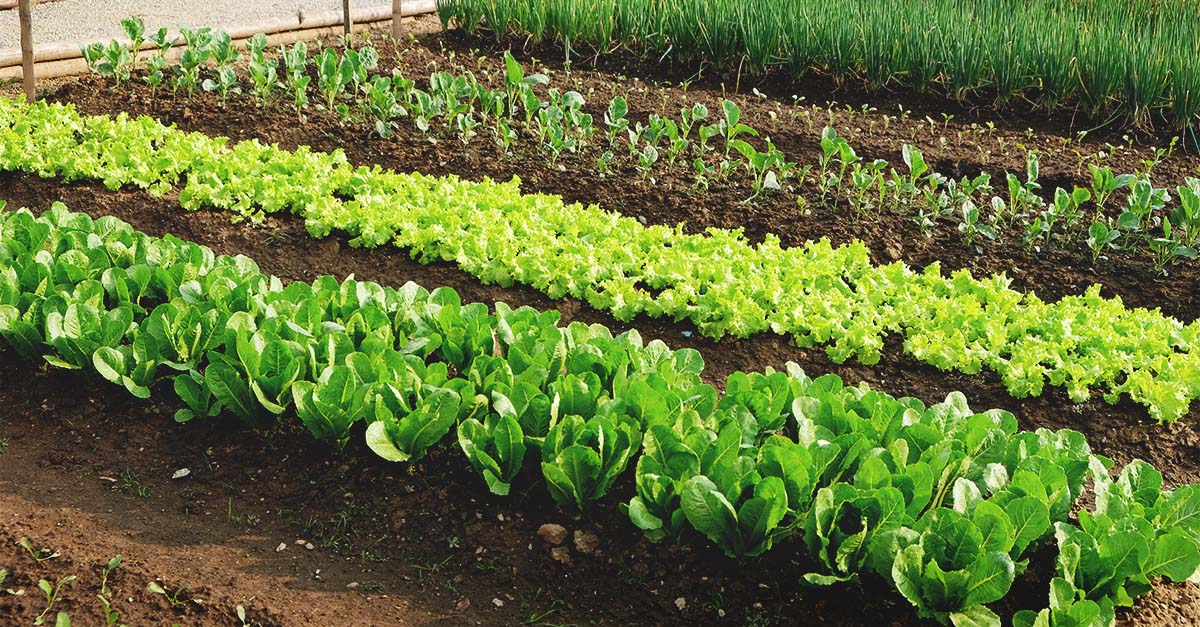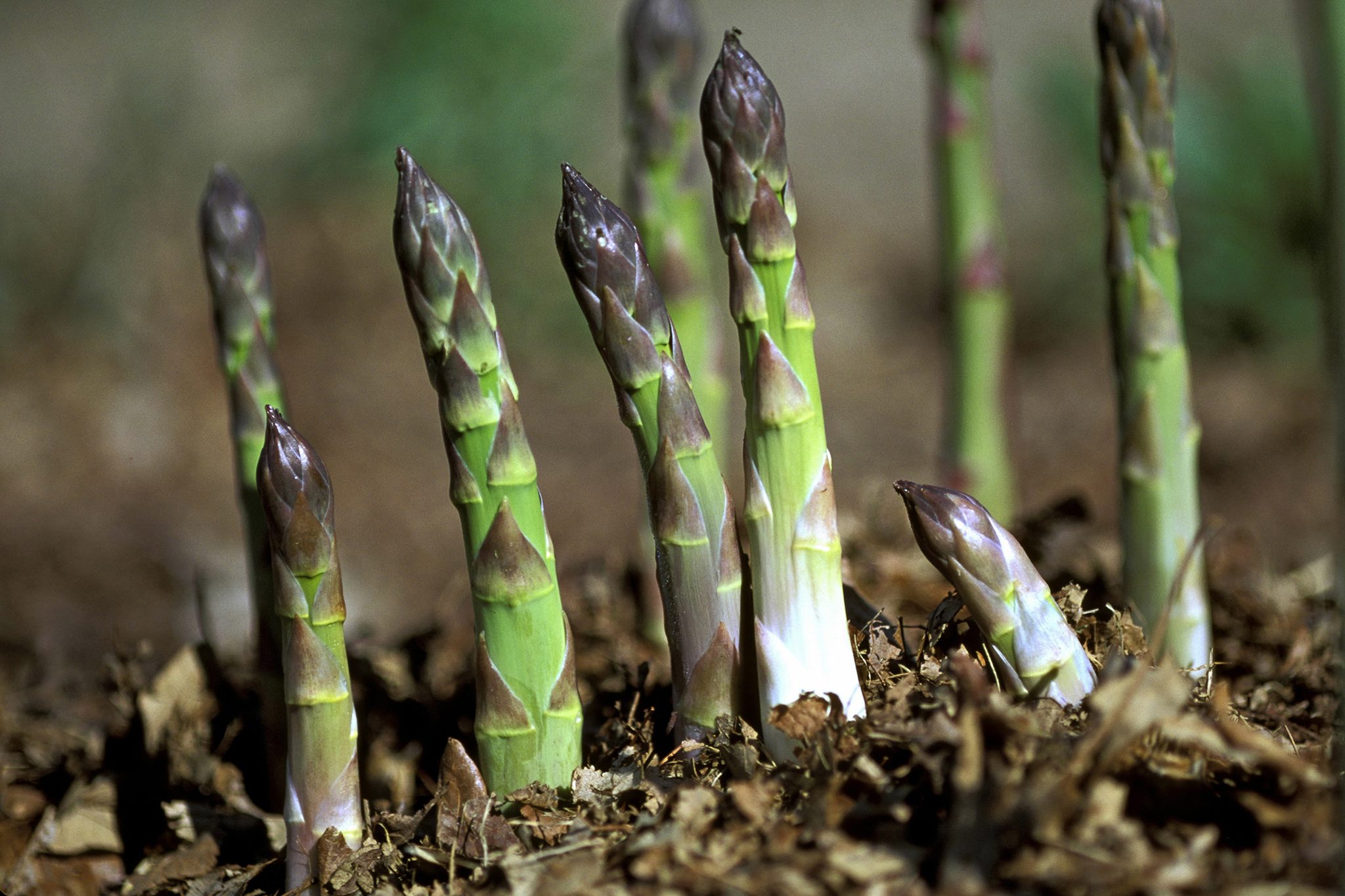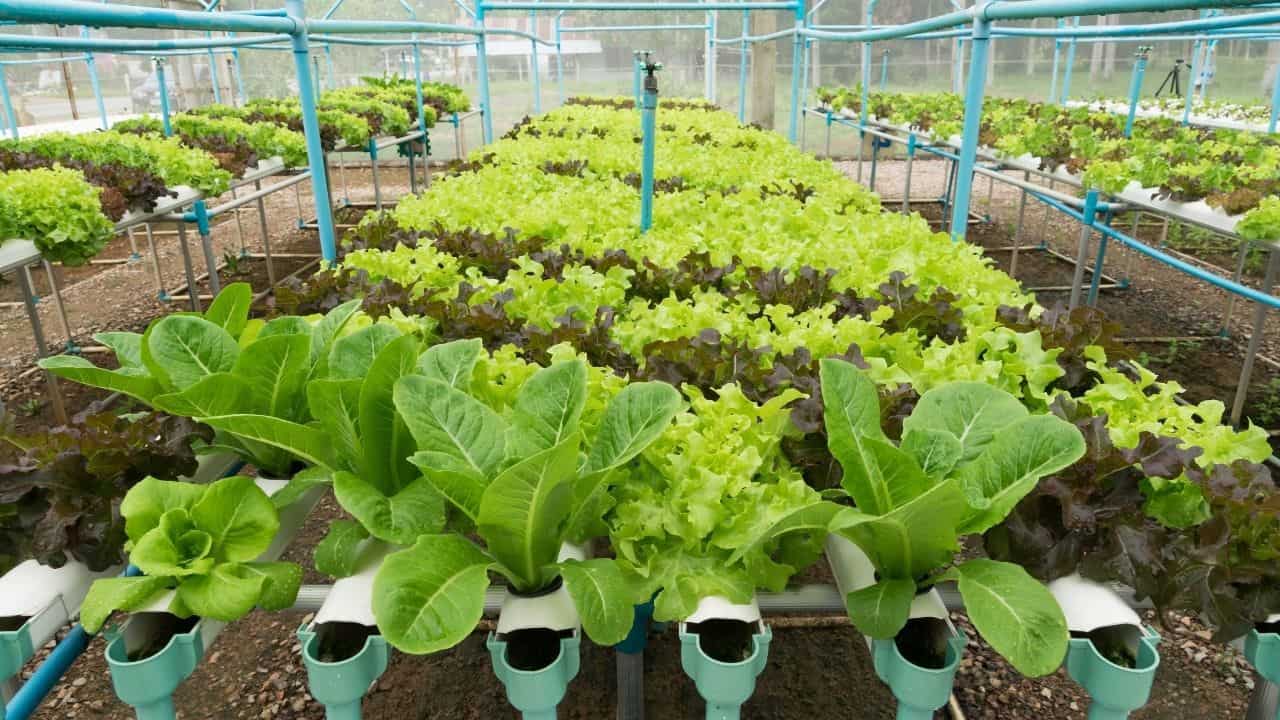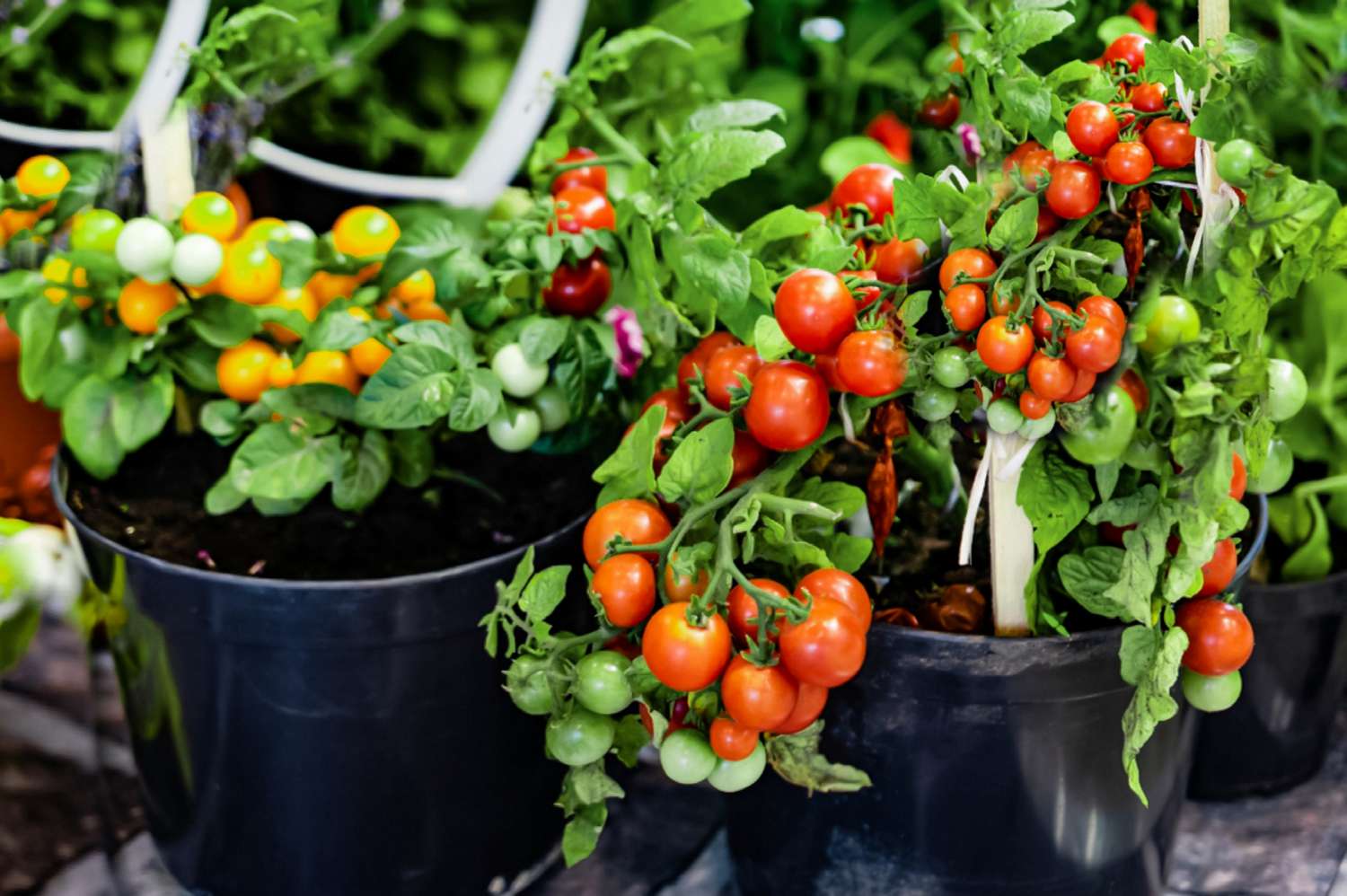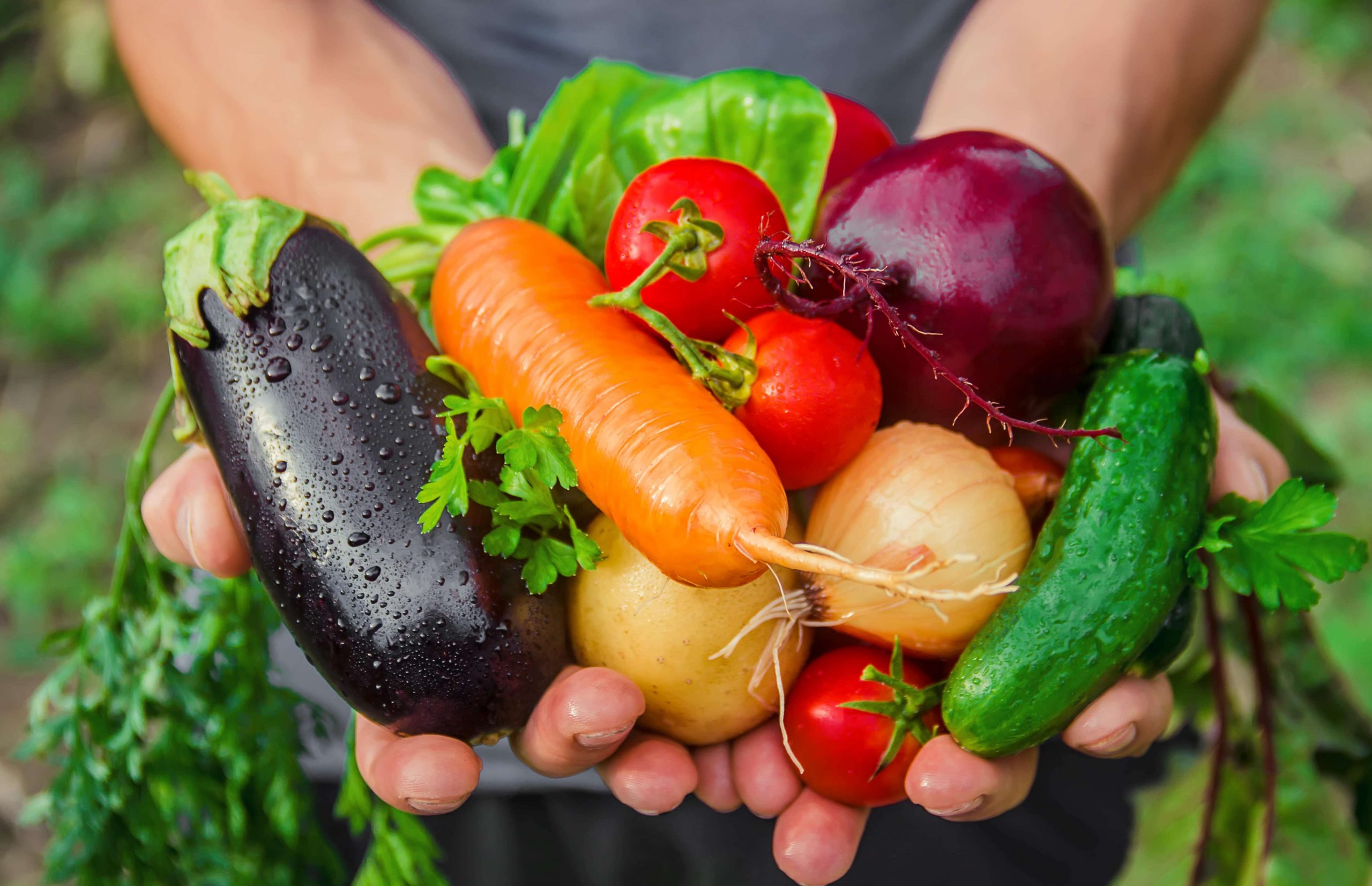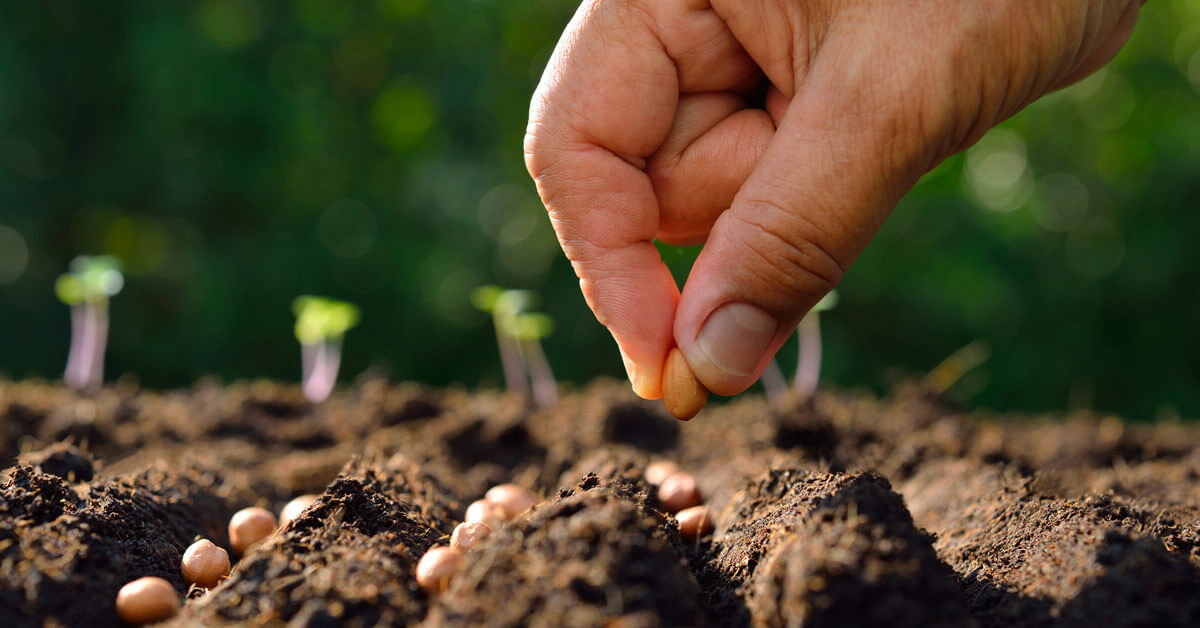Home>Types of Gardening>Edible Gardening>What Vegetables Grow In The Ground
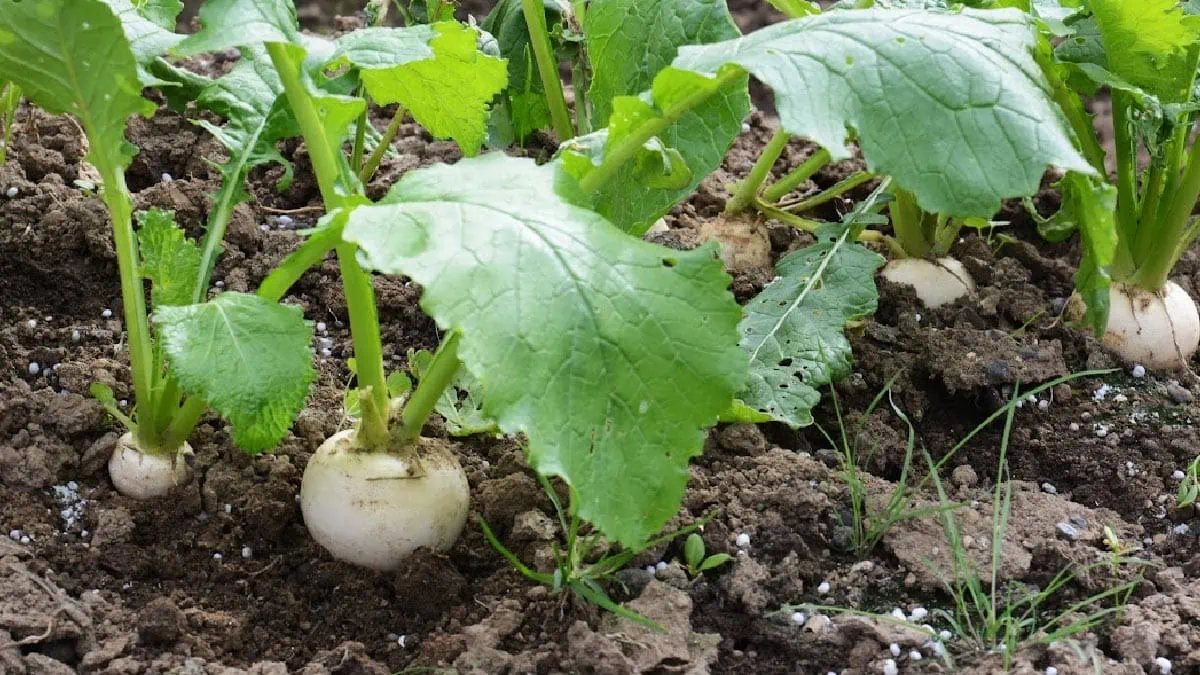

Edible Gardening
What Vegetables Grow In The Ground
Modified: February 7, 2024
Discover a variety of vegetables that thrive in the ground with our guide on edible gardening. Start growing your own produce today!
(Many of the links in this article redirect to a specific reviewed product. Your purchase of these products through affiliate links helps to generate commission for Chicagolandgardening.com, at no extra cost. Learn more)
Table of Contents
Introduction
Welcome to the world of edible gardening! Growing your own vegetables is not only a rewarding and fulfilling hobby, but also a great way to ensure a fresh and sustainable supply of nourishing produce. When it comes to edible gardening, one of the key considerations is understanding which vegetables grow in the ground.
Planting vegetables directly in the soil allows them to harness the natural nutrients and minerals present in the earth, resulting in healthier and more flavorful crops. From root vegetables to leafy greens and bulb vegetables to tubers, there is a wide variety of options to choose from.
In this article, we will explore some of the most common types of vegetables that thrive in the ground. Whether you are a novice gardener or have some experience, this guide aims to provide you with the knowledge and inspiration to cultivate a bountiful vegetable garden.
Before we dive into the specific vegetables, it’s important to ensure that you have prepared your garden properly. This includes tilling the soil, removing any weeds, and incorporating organic matter to improve soil fertility. Additionally, it’s essential to consider factors such as sunlight, watering, and spacing requirements specific to each vegetable.
Now, let’s roll up our sleeves and discover the delightful world of vegetables that can be grown in the ground!
Root Vegetables
Root vegetables are a staple in many gardens due to their versatility and delicious flavors. These vegetables develop below ground, drawing nutrients and moisture from the soil to produce edible roots. Here are a few popular root vegetables to consider growing in your garden:
- Carrots: Carrots are known for their vibrant orange color and sweet, crunchy taste. They are rich in antioxidants and vitamin A, making them a nutritious addition to your meals. Carrots thrive in well-drained soil and require consistent watering.
- Beets: Beets come in a variety of colors, from deep red to golden, and have a naturally earthy and sweet flavor. They are packed with essential nutrients like fiber and folate. Beets prefer fertile and loamy soil and require regular watering.
- Radishes: Radishes are quick-growing root vegetables that add a peppery crunch to salads and sandwiches. They come in different shapes, sizes, and colors, including the classic round red radish. Radishes prefer cooler temperatures and well-drained soil.
Remember to sow seeds of these root vegetables directly in the ground, ensuring proper spacing to allow room for the roots to develop. Regular watering and occasional thinning of the plants will promote healthy growth and larger yields. Harvesting can typically be done when the roots reach the desired size.
Root vegetables are not only delicious and easy to grow, but they also offer a range of culinary possibilities. Whether roasted, steamed, or added to soups and stews, they add depth and flavor to a variety of dishes. So, why not dig into the world of root vegetables and enjoy the satisfaction of growing your own nutritious produce?
Leafy Greens
Leafy greens are a must-have in any vegetable garden. These nutritious vegetables are packed with vitamins, minerals, and antioxidants, and they make a fantastic addition to salads, stir-fries, and smoothies. Here are a few popular leafy greens that thrive when grown in the ground:
- Lettuce: Lettuce is a versatile leafy green available in various types, including romaine, leaf, and butterhead. It grows quickly and can be harvested by picking individual leaves or cutting the entire head. Lettuce prefers cool temperatures and well-drained soil.
- Spinach: Spinach is a nutrient powerhouse, packed with iron, calcium, and vitamins A and C. This leafy green requires well-drained, fertile soil and can be harvested by picking outer leaves or cutting the whole plant. It’s important to protect spinach from heat and pest damage.
- Kale: Kale has gained popularity in recent years for its high nutritional content. It’s rich in vitamins, minerals, and antioxidants. Kale can be harvested by picking individual leaves from the outer part of the plant. It prefers rich, well-drained soil and can tolerate cooler temperatures.
When growing leafy greens, it’s essential to provide consistent moisture and shade them from intense sunlight. Proper spacing between plants allows air circulation, reducing the risk of disease. Regularly harvesting outer leaves promotes continuous growth and ensures a steady supply of fresh greens.
Leafy greens not only enhance the flavor and nutrition of your meals but also add vibrant colors to your garden. With a little care and attention, you can enjoy a continuous harvest of these delicious and nutritious greens throughout the growing season.
Bulb Vegetables
Bulb vegetables refer to a group of vegetables that develop an edible bulb or bulb-like structure below the ground. These versatile vegetables add unique flavors and textures to various dishes. Here are a few popular bulb vegetables that thrive when grown in the ground:
- Onions: Onions are a staple in countless recipes, providing a savory and aromatic flavor to dishes. They come in different varieties, including red, white, and yellow onions. Onions prefer well-drained soil and regular watering. Harvesting can be done when the tops start to dry and fall over.
- Garlic: Garlic is known for its pungent taste and numerous health benefits. It’s composed of multiple cloves within a bulb. Garlic thrives in well-drained soil and requires a period of cool temperatures for optimum growth. Harvesting is typically done when the leaves start to turn yellow and dry out.
- Shallots: Shallots are smaller, milder relatives of onions, with a delicate and slightly sweet flavor. Like onions, they prefer well-drained soil and regular watering. Harvesting can be done when the leaves start to brown and topple over.
Bulb vegetables are relatively easy to grow and can be sown directly in the ground. Proper spacing is essential to allow the bulbs to mature fully. Some bulb vegetables, such as onions and shallots, can also be grown from sets or bulbs purchased from nurseries or garden centers.
Having bulb vegetables in your garden not only provides fresh ingredients for your cooking but also enhances the flavors and adds depth to your dishes. Get ready to enjoy the distinct tastes and aromas that bulb vegetables bring to your culinary creations!
Tubers
Tubers are a type of vegetable that store nutrients and energy in an enlarged structure called a tuber. These underground treasures are highly versatile and can be used in a variety of dishes. Here are a few popular tuber vegetables that thrive when grown in the ground:
- Potatoes: Potatoes are a beloved staple crop and can be prepared in countless ways – mashed, roasted, fried, or boiled. With different varieties available, including russet, red, and Yukon Gold, potatoes offer a range of flavors and textures. Potatoes prefer well-drained soil and regular watering. Harvesting can be done when the foliage starts to yellow and die back.
- Sweet Potatoes: Sweet potatoes are known for their vibrant orange flesh and sweet taste. They are rich in fiber, vitamins, and minerals, making them a nutritious addition to meals. Sweet potatoes thrive in warm soil and require regular watering. Harvesting is typically done in autumn, once the foliage begins to yellow.
- Yams: Yams are starchy tuber vegetables commonly found in tropical regions. They have a rough, bark-like skin and a sweet, dense flesh. Yams prefer warm and well-drained soil. Harvesting is usually done when the foliage starts to wither.
Growing tuber vegetables in the ground requires proper soil preparation and consistent watering. It’s important to space the tubers adequately to allow room for growth and to provide suitable support for the plants as they develop.
Having tuber vegetables in your garden not only allows you to enjoy delicious meals but also provides an opportunity to experiment with different cooking methods and flavor combinations. Get ready to savor the hearty and satisfying taste of these underground delights!
Other Below-Ground Vegetables
In addition to root vegetables, leafy greens, bulb vegetables, and tubers, there are other below-ground vegetables that can be grown in your garden. These vegetables offer a unique combination of flavors and textures. Let’s explore some of them:
- Parsnips: Parsnips are root vegetables that resemble a cream-colored carrot. They have a sweet, nutty flavor and a tender texture when cooked. Parsnips prefer well-drained soil and can tolerate colder temperatures. Harvesting is typically done after a frost when the flavors have fully developed.
- Turnips: Turnips are root vegetables with a slightly spicy flavor and a crisp texture. They come in different varieties, including purple-top and white-fleshed turnips. Turnips prefer fertile soil and regular watering. Harvesting can be done when the roots reach the desired size.
- Sunchokes (Jerusalem Artichokes): Sunchokes are tuber vegetables that have a sweet, nutty taste and a texture similar to potatoes. They prefer well-drained soil and regular watering. Harvesting is usually done in late fall or early winter after the first frost.
These below-ground vegetables offer a range of flavors and can be used in various culinary creations. Whether roasted, sautéed, or added to stews and soups, they provide a delightful addition to your dishes.
As with any vegetable in the garden, it’s important to provide proper care and attention to these below-ground vegetables. This includes regular watering, monitoring for pests and diseases, and harvesting at the appropriate time to ensure optimal flavor.
With these lesser-known below-ground vegetables, you can expand your gardening repertoire and discover new flavors that will delight your taste buds.
Conclusion
Edible gardening opens up a world of possibilities, and understanding which vegetables grow in the ground is essential for a successful harvest. From root vegetables like carrots and beets, to leafy greens such as lettuce and kale, to bulb vegetables like onions and garlic, and tubers like potatoes and sweet potatoes, there is an abundance of options to choose from.
The process of growing these vegetables in the ground requires proper soil preparation, regular watering, and adequate care. Each type of vegetable has specific requirements in terms of temperature, sunlight, and spacing, so it’s important to do some research before planting.
By cultivating your own vegetables, you not only have access to fresh and nutritious produce but also gain a sense of fulfillment and connection to the earth. There is a unique joy in witnessing the growth of your plants and knowing that the food on your plate was nurtured by your own hands.
So why not embark on the rewarding journey of edible gardening? Whether you have a large backyard or a small balcony, there are options available for everyone to enjoy the delights of growing vegetables in the ground. Happy gardening and bon appétit!

